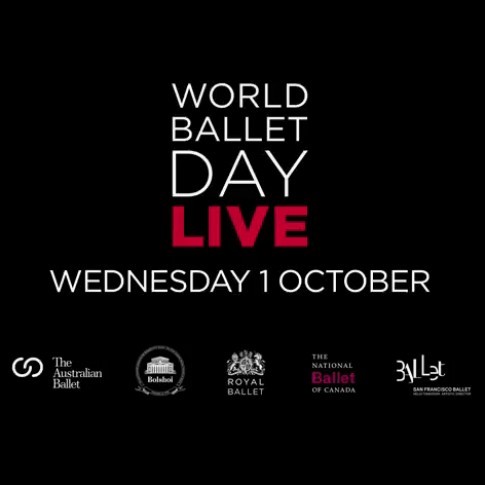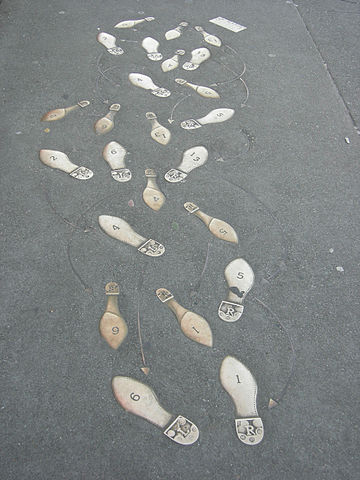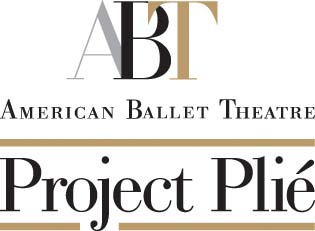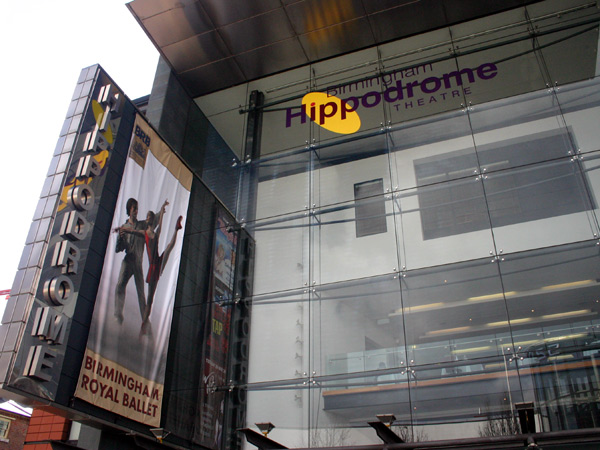 On 1 October, the first World Ballet Day will see a fantastic collaboration between five of the world’s leading ballet companies: the Australian Ballet, the Bolshoi Ballet, The Royal Ballet, National Ballet of Canada and San Francisco Ballet. On the first day of October, each company will stream behind-the-scenes action live from their rehearsal studios. Starting at the beginning of the dancers’ day, each company will take the lead with a four-hour period, streaming from their headquarters.
On 1 October, the first World Ballet Day will see a fantastic collaboration between five of the world’s leading ballet companies: the Australian Ballet, the Bolshoi Ballet, The Royal Ballet, National Ballet of Canada and San Francisco Ballet. On the first day of October, each company will stream behind-the-scenes action live from their rehearsal studios. Starting at the beginning of the dancers’ day, each company will take the lead with a four-hour period, streaming from their headquarters.
The day will begin with the Australian Ballet in Melbourne, before the live link passes across time zones from Melbourne to Moscow, London, Toronto and finally to San Francisco. The backstage access will highlight the differences in style between the five companies – as leaders in their field – as they follow a similar routine but approach choreography and performance in individual ways. Starting with morning class, the day will be a celebration of dance as they move onto rehearsals.
World Ballet Day is a development of Royal Ballet Live, a nine-hour live stream via YouTube and the Guardian website. Watched by 200,000 people, there have been a total of 2.5 million views on YouTube to date. World Ballet Day will be the first time that the other four companies have taken the cameras backstage in this way, and the first time that YouTube has streamed so much content. The day’s streaming will be repeated on YouTube in full, so viewers around the world can catch up on any parts of the day they missed; edited highlights will then be made available for further viewing, increasing the reach of the day further.
Full details of the day are yet to be confirmed, however The Royal Ballet’s section will include Marianela Nuñez and Federico Bonelli rehearsing for Kenneth MacMillan’s Manon, which opens at the Royal Opera House on 26 September.

 Surprisingly many dance students find learning new combinations tricky and challenging. Of course the more you try to learn new exercises quickly the easier it becomes, but there are a few tricks to make it easier.
Surprisingly many dance students find learning new combinations tricky and challenging. Of course the more you try to learn new exercises quickly the easier it becomes, but there are a few tricks to make it easier. The iconic and ethereal dancer Sylvie Guillem has announced that she will retire at the end of 2015. Having begun as a classical ballet dancer at the Paris Opera Ballet and then becoming a principal with the Royal Ballet, the French ballerina turned contemporary dancer will be sorely missed by her audiences. Guillem joined the Paris Opera Ballet in 1981 where she was singled out by director Rudolf Nureyev: she was promoted to the top rank faster than any other dancer with the company.
The iconic and ethereal dancer Sylvie Guillem has announced that she will retire at the end of 2015. Having begun as a classical ballet dancer at the Paris Opera Ballet and then becoming a principal with the Royal Ballet, the French ballerina turned contemporary dancer will be sorely missed by her audiences. Guillem joined the Paris Opera Ballet in 1981 where she was singled out by director Rudolf Nureyev: she was promoted to the top rank faster than any other dancer with the company. Strictly Come Dancing is back for 2014! Judges Len Goodman, Darcey Bussell, Craig Revel Horwood and Bruno Tonioli will all be returning to the popular BBC1 show, ready to judge 15 celebrities on their ability to jump, jive and boogie.
Strictly Come Dancing is back for 2014! Judges Len Goodman, Darcey Bussell, Craig Revel Horwood and Bruno Tonioli will all be returning to the popular BBC1 show, ready to judge 15 celebrities on their ability to jump, jive and boogie. Teachers are an integral part of a dancer’s development. Not only do they aim to build up the dancer’s talent and ability but they also act as a mentor and inspiration to the student.
Teachers are an integral part of a dancer’s development. Not only do they aim to build up the dancer’s talent and ability but they also act as a mentor and inspiration to the student. Fear backstage is common for at least 50% of performers, regardless of performance experience. More commonly known as “stage fright”, performance anxiety can be a constant problem or something that emerges over time.
Fear backstage is common for at least 50% of performers, regardless of performance experience. More commonly known as “stage fright”, performance anxiety can be a constant problem or something that emerges over time. As American Ballet Theatre celebrates its 75th anniversary, it will also celebrate the first birthday of Project Plié, its national initiative focusing on increasing racial and ethnic representation in ballet. Even in the US ballet is still incredibly streamlined, with nearly every major ballet company being made up mostly of Caucasian dancers.
As American Ballet Theatre celebrates its 75th anniversary, it will also celebrate the first birthday of Project Plié, its national initiative focusing on increasing racial and ethnic representation in ballet. Even in the US ballet is still incredibly streamlined, with nearly every major ballet company being made up mostly of Caucasian dancers. Jean-Luc Choplin, the director of the Théâtre du Châtelet in Paris, has brought many American musicals to his Paris stage in recent years, with a focus on the work of Stephen Sondheim, in English with French subtitles. Recently it was announced that he is co-producing a new musical version of the Oscar-winning 1951 MGM movie An American in Paris, with music and lyrics by George and Ira Gershwin.
Jean-Luc Choplin, the director of the Théâtre du Châtelet in Paris, has brought many American musicals to his Paris stage in recent years, with a focus on the work of Stephen Sondheim, in English with French subtitles. Recently it was announced that he is co-producing a new musical version of the Oscar-winning 1951 MGM movie An American in Paris, with music and lyrics by George and Ira Gershwin. Birmingham Royal Ballet has recently celebrated the success of its Dance Track programme, which seeks out and nurtures dance talent from primary schools across the City of Birmingham. It enables primary school pupils to access ballet, opening Birmingham Royal Ballet’s doors to those who would not ordinarily be introduced to the art-form.
Birmingham Royal Ballet has recently celebrated the success of its Dance Track programme, which seeks out and nurtures dance talent from primary schools across the City of Birmingham. It enables primary school pupils to access ballet, opening Birmingham Royal Ballet’s doors to those who would not ordinarily be introduced to the art-form. After years of dance study you’re enrolled on a dance programme! Your goal may to become a professional dancer, to teach or study dance further, so make sure you work hard and dedicate yourself to your studies.
After years of dance study you’re enrolled on a dance programme! Your goal may to become a professional dancer, to teach or study dance further, so make sure you work hard and dedicate yourself to your studies.